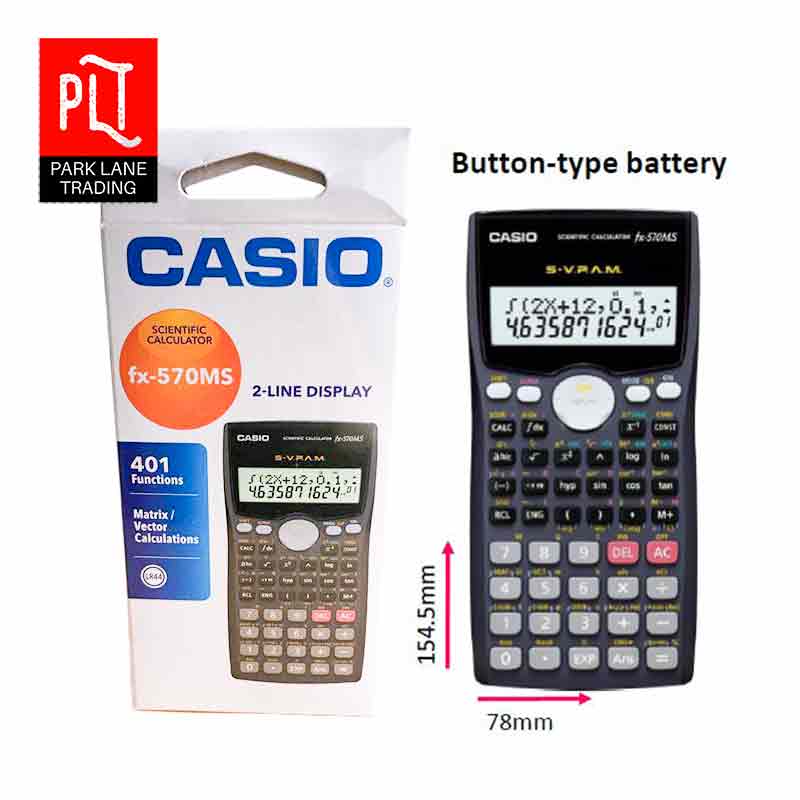

However, some calculators have multiple lines used for displaying the input alongside the output or for displaying equations and formulas in a “natural” style similar to how they are written in textbooks and standard notation. Many calculators have single-line displays that show something like 10 digits, which is sufficient for many purposes. Are the buttons too small or just the right size? Is the writing on the buttons easy to read? If there is additional functionality such as memory or replay capabilities, are they intuitive and straightforward to use?Īnother consideration with scientific calculators is the display. When shopping for a scientific calculator, first make sure it has the functionality you need and does not have any abilities that are not allowed in your context. These features are generally accessed by buttons that have multiple functions each. Scientific or engineering calculators have a number of advanced abilities and functions such as exponentiation, taking roots, logarithmic functions, calculating trigonometric functions and many others. On the flip side, some higher-level math classes such as calculus instead require graphing and/or programming capabilities. Both of these abilities are typically not allowed in standardized testing scenarios.
#SCIENTIFIC STANDARD CALCULATOR HOW TO#
Many algebra classes, for example, do not allow graphing calculators because part of the course material is learning how to graph equations and functions, so a calculator that does it for the student is barred.Īnother functionality that may not be permitted in certain courses is the ability to program the calculator, such as to do recursive or serial operations. If the user is a student, some calculators may have too much functionality and will not be allowed by the teacher or professor.

Scientific and engineering calculators are equipped to handle most operations that students and science professionals will need to perform on a day-to-day basis, though there are a number of factors that are important to keep in mind. However, for students in math or science courses or for professionals who work in the realms of engineering, math, information technology or computer science, more advanced functionality in a calculator is required. Calculators are useful for many common tasks such as balancing a budget or calculating tax.


 0 kommentar(er)
0 kommentar(er)
